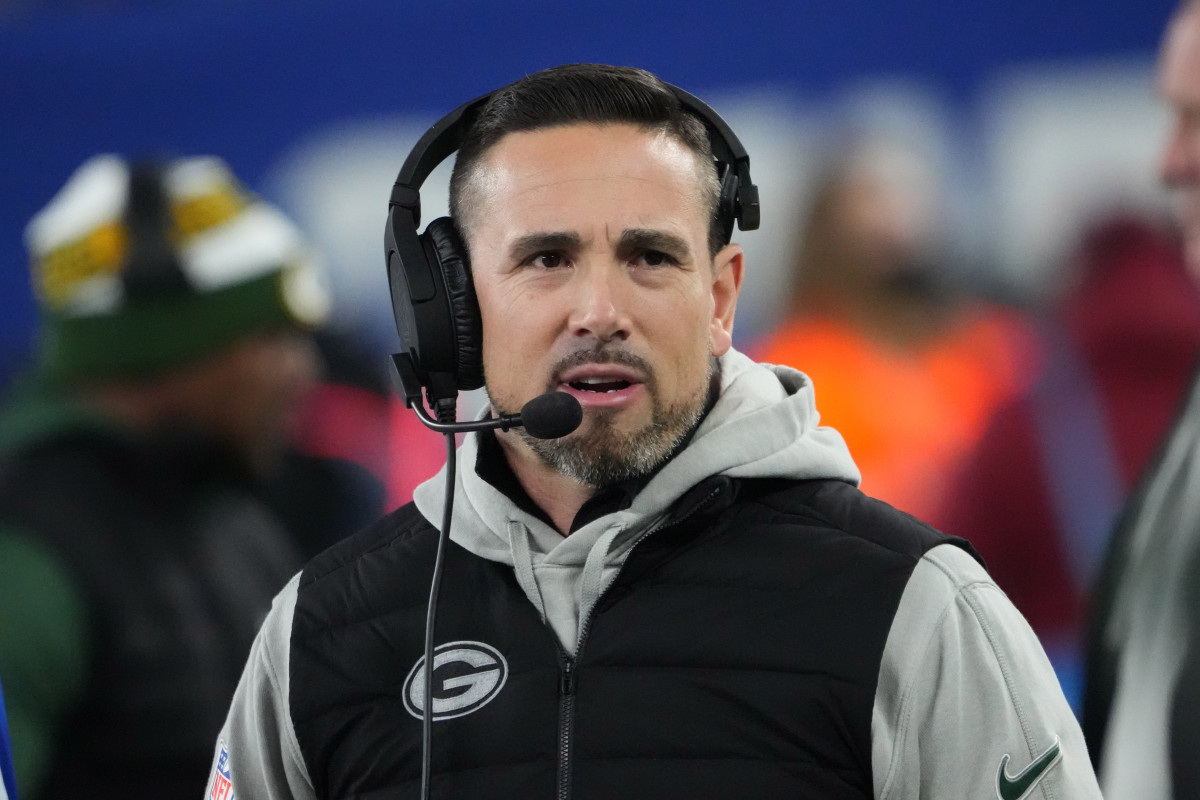
Looking around the league, the current crop of elite cornerbacks is notably younger and healthier than Alexander. Players such as Sauce Gardner (24), Patrick Surtain II (24), Trent McDuffie (24), and Jaylon Johnson (25) are not only playing at a high level but also have youth on their side. Jalen Ramsey, who is closer in age to Alexander at 30 years old, stands as an exception; however, Ramsey has managed to avoid frequent injury setbacks, giving him greater trade value and a more favorable long-term outlook.
Unfortunately for Alexander, the comparison does not work in his favor. Unlike Ramsey, Alexander’s injuries have been more than occasional setbacks—they’ve significantly reduced his on-field presence. As a result, teams are understandably hesitant to part with multiple assets in exchange for a player with a risky health profile and a hefty price tag. The modern NFL places a premium on younger, durable players who can be building blocks for the future. That is a mold Alexander no longer fits quite as well.
This predicament has left Green Bay in a difficult position. The team might be inclined to move Alexander to free up cap space and possibly reallocate resources elsewhere, but the trade market has yet to present a suitable suitor. There’s also the issue of value: The Packers likely want a return that reflects Alexander’s talent and impact when healthy, but other franchises are wary of the baggage—namely, his age, injuries, and contract.
One possible path forward could involve reworking Alexander’s deal to make him more appealing to potential trade partners. By converting some of his salary into performance-based incentives or offering to cover a portion of his 2025 compensation, the Packers could increase interest and facilitate a trade. Alternatively, the team could choose to retain him for another year in hopes of a bounce-back season that boosts his market value.
Another consideration is the locker room dynamic. Alexander is not just any player; he’s been a vocal leader and one of the faces of the Packers’ defense. Trading him would have implications beyond the field. It could affect team morale, shift the defensive identity, and alter the mentorship dynamic for younger players in the secondary. All of these factors must be weighed carefully by the Packers’ front office.
It’s also important to consider the current state of the Packers’ secondary. If the team parts ways with Alexander, they will need to ensure that adequate depth and talent remain in the defensive backfield. While promising players exist on the roster, none have proven themselves to be capable of replacing Alexander’s production at his peak. That leaves another potential hole to fill—either through the draft or free agency.
As the offseason continues, the situation surrounding Jaire Alexander remains one of the most intriguing storylines for the Packers. It’s a complex equation involving age, health, finances, and team culture. While nothing has moved on the trade front so far, that could change quickly if circumstances shift—such as an injury elsewhere in the league, a team becoming desperate for help in the secondary, or a reevaluation of internal needs by Green Bay.
Until then, speculation will continue to swirl. Packers fans, analysts, and NFL insiders alike will be watching closely to see how this saga unfolds. Whether Alexander stays in Green Bay for the long haul, becomes a trade chip, or lands somewhere else via a restructured deal, his future will undoubtedly have significant ramifications for both the team and the league at large.
In summary, Jaire Alexander’s uncertain status encapsulates the challenges NFL teams face when trying to balance talent, health, and financial constraints. He remains a highly skilled player, but questions surrounding his durability and cost have cast a shadow over what once seemed like an untouchable tenure in Green Bay. What the future holds for him—and how the Packers navigate this pivotal decision—will be among the defining storylines of their 2025 offseason.


